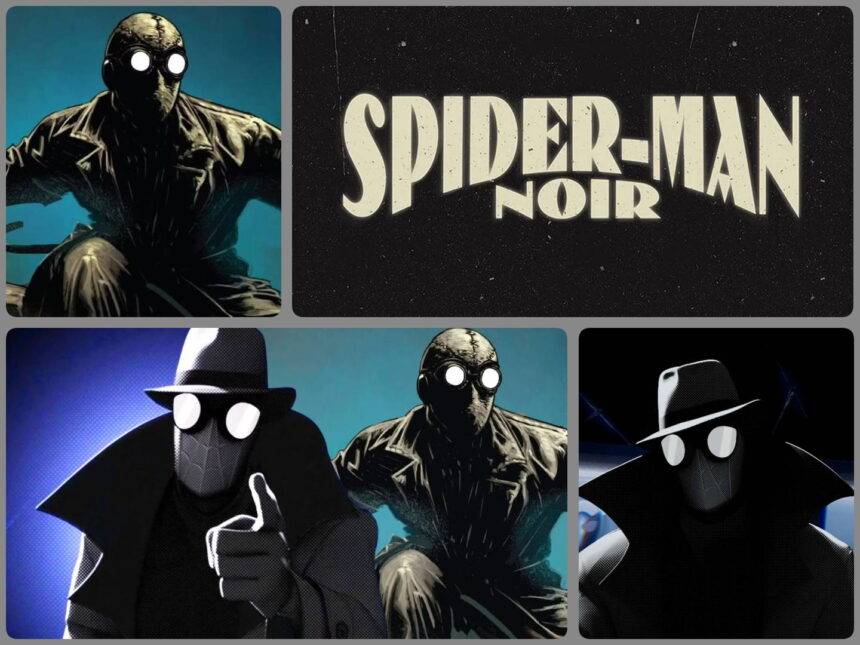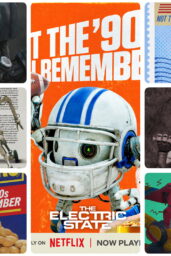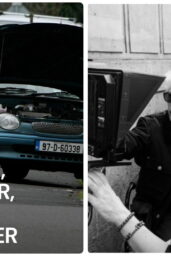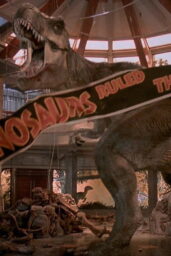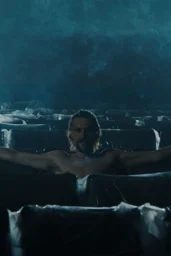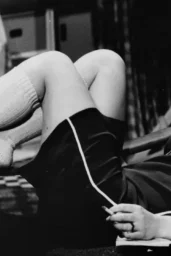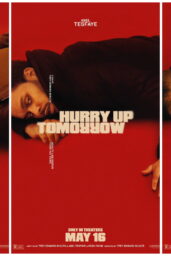Time travel takes you to the dimly lit jazz joints and wet city streets of New York during the 1930s when each shadow conceals mysteries while superheroes battle with their historical baggage. Spider-Man shifts from flying between skyscrapers to become a worn-out private investigator who searches street alleys during dimly lit conditions with his troubled psyche. Amazon MGM Studios is producing a live-action “Spider-Man Noir” series through two production variations which include classic color and black-and-white versions.
Nicolas Cage plays a retired Peter Parker through a trenchcoat (no superhero suit needed) during an era when the city still remembered him as its sole superhero. New York City becomes the setting in this non-typical Marvel story which adopts the somber visual approach of film noir through its complicated storylines and morally complex heroes and villains.
Acting co-star Lukas Haas has revealed through his interview with Coming Soon that the show might come out in both black-and-white and color versions. The show intends to create an authentic vintage noir setting through its gritty mood as it offers several storytelling perspectives to its audience.
The cast boasts heavy hitters like Brendan Gleeson (rumored to play the villain), Lamorne Morris, Jack Huston, Li Jun Li, Cameron Britton, and Amanda Schull. Cage reprises his role from Spider-Man: Into the Spider-Verse (2018), bringing gravitas to a character that blends the whimsy of comic books with the existential weight of a hardboiled detective.
Haas revealed some fascinating behind-the-scenes insights during his interview. He described how the production team meticulously crafted the look of the series using techniques reminiscent of old-school cinema. “We filmed it in such a way that the monitors were all black and white,” he said. “It felt incredibly authentic—it was almost eerie seeing footage that looked like it belonged to another era.”
This dual-format approach echoes similar experiments in modern filmmaking, such as Robert Rodriguez and Frank Miller's Sin City or Alexander Payne's Nebraska . By offering audiences the option to view the series in either format, the creators are paying homage to the artistry of classic noir while embracing contemporary storytelling tools.
For cinephiles and casual viewers alike, the prospect of a black-and-old-style Spider-Man adventure is thrilling. It taps into our collective nostalgia for the golden age of Hollywood while pushing boundaries creatively. And let's face it—Nicolas Cage playing a noir-inspired version of Spider-Man? That alone deserves attention.
Moreover, the decision to potentially offer a black-and-white cut speaks volumes about the filmmakers' commitment to authenticity. In an age dominated by CGI spectacle, there's something refreshingly bold about returning to the roots of visual storytelling. Whether audiences will embrace this throwback remains to be seen—but if done right, it could become a defining moment for superhero adaptations.
While no official premiere date has been announced, anticipation is building. With Cage at the helm and a talented ensemble cast rounding out the roster, expectations are high. Fans can only hope that Amazon delivers a series worthy of its ambitious premise.
With proper execution Spider-Man Noir aims to provide a fresh perspective on the superhero genre. The sensory encounter in this project depends on how successfully it blends pulp elements with its noir style under Jon Cage's magnetic presence. A deeper concern arises from the concept of a black-and-white release because moral ambiguity in genres affects the traditionally optimistic superhero character.
Spider-Man Noir succeeds in its mission when it manages to deliver substance alongside its stylish approach. The combination of screenplay quality equal to visual ambition will potentially result in a beloved cult film. Active execution of the project can produce genuine art yet passive execution will reduce the material to mere novelty.
Readers should ponder whether a monochrome superhero series can win the hearts of contemporary audiences despite its unusual presentation style. Share your thoughts below!

